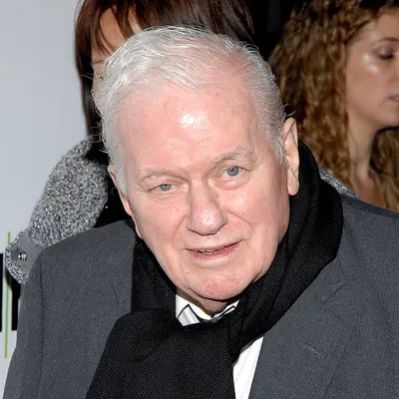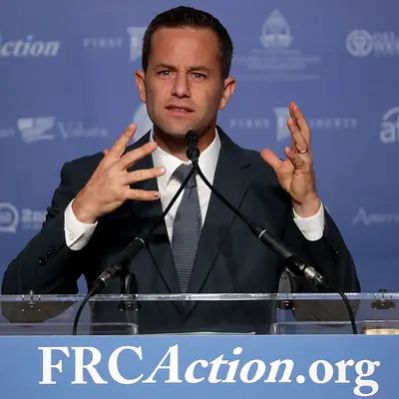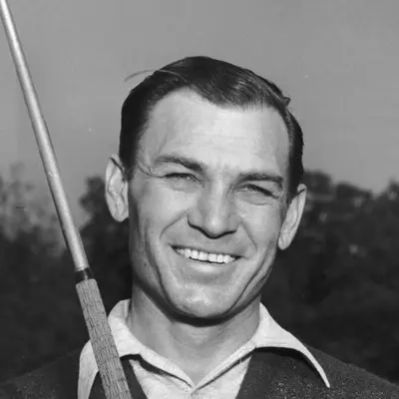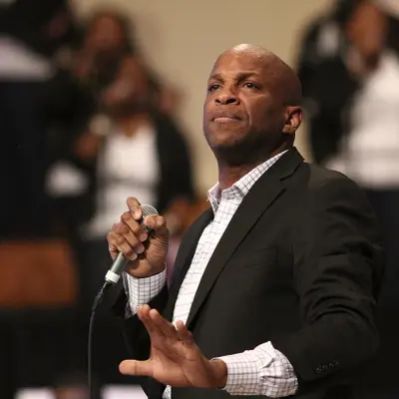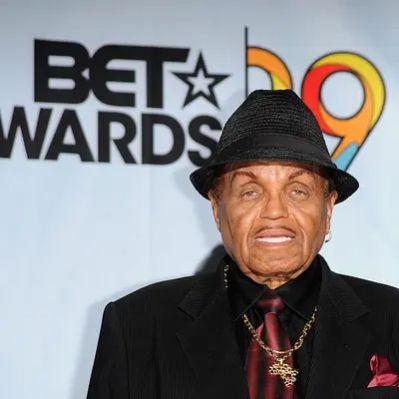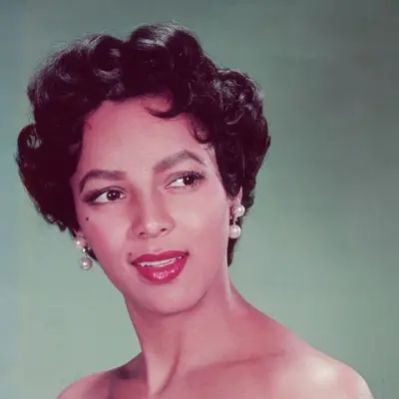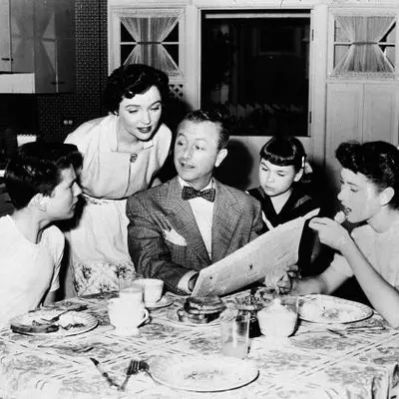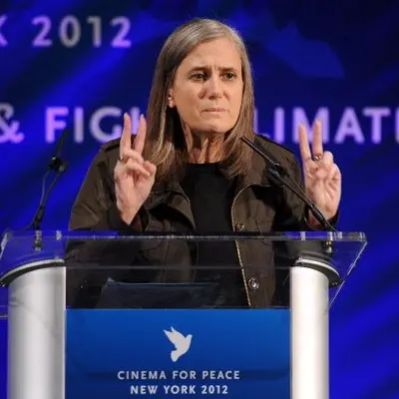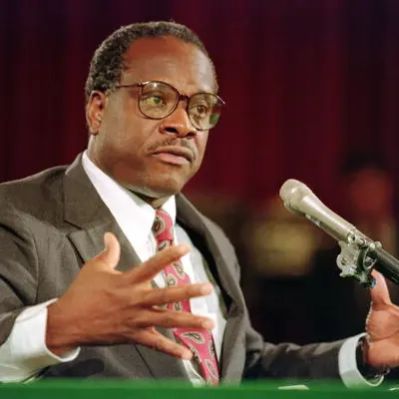What Is Charles Durning’s Net Worth?
At the time of his death on Christmas Eve in 2012, Charles Durning, a prolific actor with over 200 credits across film, television, and theater, had an estimated net worth of $5 million. This figure primarily reflects his earnings from decades of work in the entertainment industry, spanning from stage productions to blockbuster movies and television roles.
Early Life and Military Service
Charles Durning was born on February 28, 1923, in Highland Falls, New York, a town situated in Orange County. Highland Falls is located near the United States Military Academy at West Point, and Durning’s early life was undoubtedly influenced by this proximity. He grew up in a modest household, the son of James and Louise Durning, and was raised Catholic. The family faced significant hardships, with five of his nine siblings tragically dying from smallpox and scarlet fever during their childhood. Details regarding specific residences or schools he attended in Highland Falls are not readily available in public records, however, his upbringing undoubtedly shaped his resilient character.
At the age of 20, Durning was drafted into the US Army during World War II. In June 1944, he was assigned to the 1st Infantry Division, landing on Omaha Beach on D-Day. He was the sole survivor from his unit. After recovering from an injury, he was reassigned to the 398th Infantry Regiment, 100th Infantry Division and fought in the Battle of the Bulge. He was discharged in 1946 as Private First Class. For his valor, he was awarded the Bronze Star, Silver Star, and three Purple Hearts. Other honors included the American Campaign Medal and the Army Good Conduct Medal. The financial compensation received for these medals and service-related benefits, while not precisely quantifiable, would have contributed modestly to his overall financial standing over the course of his life.
Acting Career: Stage, Film, and Television
Durning’s acting career began in 1951 at a burlesque theater, where he was hired to replace a drunken actor. This unlikely start led to performances in around 50 stock company productions and off-Broadway plays. His involvement with the New York Shakespeare Festival, under the direction of Joseph Papp, was a pivotal moment. Specific salary details from his early stage work are scarce, but such roles typically provided a modest, but necessary, income for aspiring actors in New York City.
He transitioned into film with an uncredited role in “The Password is Courage”. Durning later secured a supporting role in the comedy “Harvey Middleman, Fireman”, his first significant film role that allowed him to demonstrate his acting ability on the big screen. His early film credits also included roles in “Las Vegas Free-for-All,” “Hi, Mom!,” and “I Walk the Line.” Details about his compensation for these early film roles are not widely available, but these would be considered small roles in a time when studio films had much more control over actor’s compensation.
In 1972, Durning’s performance in the play “That Championship Season” led to his role in “The Sting”, alongside Paul Newman and Robert Redford. “The Sting” grossed nearly $160 million and won seven Academy Awards, including Best Picture. While his exact salary for “The Sting” isn’t public knowledge, such a high-profile film would have significantly boosted his earnings and recognition. This role catapulted him into more prominent roles in Hollywood.
Throughout the 1970s, Durning appeared in “The Front Page,” alongside Jack Lemmon and Walter Matthau; “Dog Day Afternoon,” with Al Pacino; “Breakheart Pass,” “The Hindenburg,” “Harry and Walter Go to New York,” “The Choirboys,” “The Fury,” and “An Enemy of the People.” At this point, Durning was able to garner a much higher salary per film role.
In the 1980s, he starred in films such as “Die Laughing,” “The Final Countdown,” “True Confessions,” “Sharky’s Machine,” and “Tootsie.” He received an Oscar nomination for “The Best Little Whorehouse in Texas,” followed by another nomination for “To Be or Not to Be.” Durning’s other 80s credits include “Scarface,” “Two of a Kind,” “Mass Appeal,” “Stand Alone,” “Big Trouble,” “Tough Guys,” “A Tiger’s Tale,” “Cop,” “Far North,” and “Cat Chaser.” While specific contract details from these films are not available, Durning’s established status would have commanded increasingly higher salaries, likely ranging from tens to hundreds of thousands of dollars per film, depending on the size and prominence of the role. His recurring roles and guest appearances in television further added to his income stream. The precise figures for his television earnings during this period are not documented in publicly accessible sources.
During the 1990s, Durning’s extensive filmography included “Dick Tracy,” “Fatal Sky,” “The Hudsucker Proxy,” “The Last Supper,” “Home for the Holidays,” “One Fine Day,” and “Hi-Life.” As his career progressed into the 2000s, he took on roles in films like “O Brother, Where Art Thou?,” “State and Main,” “One Last Ride,” “River’s End,” “Unbeatable Harold,” and “Shannon’s Rainbow.” These later roles may have been secured for smaller sums compared to his peak years, as is common for actors as they progress in their careers, but they nonetheless contributed to his overall earnings.
Durning also accumulated nine Emmy Award nominations. He played Dr. Harlan Elldridge on “Evening Shade”, and was nominated for his guest role on “Homicide: Life on the Street”, as well as his recurring role on “Rescue Me”. Further nominations came for his guest-starring role as Corporal Ernie Yost on “NCIS”, as well as his roles in the television movies “Queen of the Stardust Ballroom,” “Attica,” and “Death of a Salesman.” His other notable television credits included “The Kennedys of Massachusetts”, and “The Water Engine”, alongside a recurring role on “Everybody Loves Raymond”. He starred on “First Monday”. Emmy nominations and recurring TV roles would have increased his earnings, though exact amounts are not publicly available.
Real Estate and Personal Assets
Information regarding Charles Durning’s specific real estate holdings and personal assets is limited in publicly available records. Upon his passing, Durning was living in his Manhattan home. Whether Durning owned the property outright or rented it is not specified in public sources. Without specific details regarding his real estate holdings, investment portfolio, or other assets, it is challenging to provide a more precise breakdown of his $5 million net worth. Such information is typically considered private unless explicitly disclosed.
Personal Life and Relationships
Durning married Carole Doughty in 1959, with whom he had three children. They divorced in 1972. In 1974, he married Mary Ann Amelio, and they filed a Declaration of Separation in 2010. While divorce settlements can impact net worth, the specific details of his divorce from Carole Doughty are not publicly accessible, making it impossible to quantify any potential financial impact. Furthermore, the Declaration of Separation from Mary Ann Amelio occurred two years prior to his death, and there are no readily available details about the settlement, if any, reached at that time. It is worth noting that Durning’s dedication to his craft and extensive career were likely prioritized over accumulating vast wealth.
 Net Worth Ranker
Net Worth Ranker
